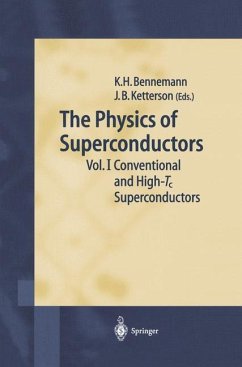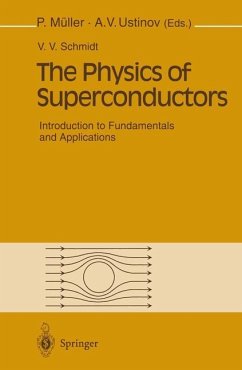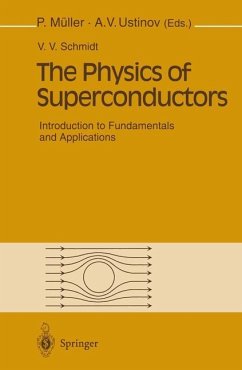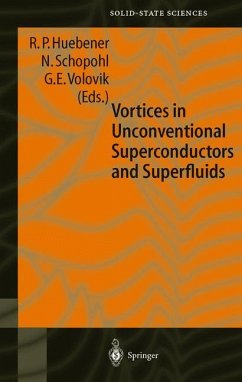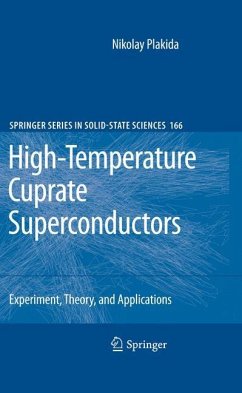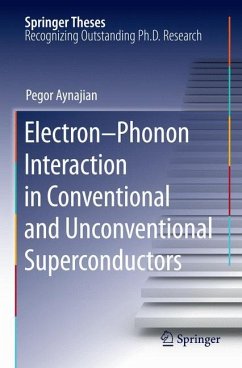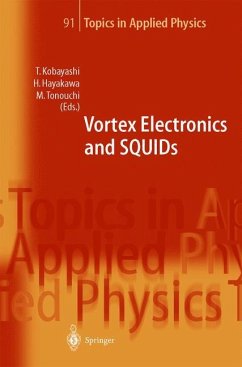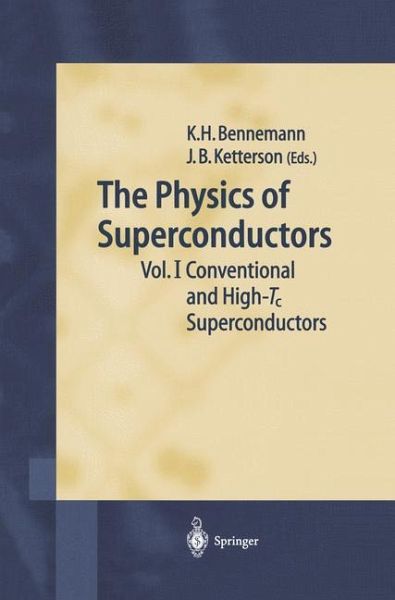
The Physics of Superconductors
Vol. I. Conventional and High-Tc Superconductors
Herausgegeben: Bennemann, Karl-Heinz; Ketterson, John B.
Versandkostenfrei!
Versandfertig in 1-2 Wochen
268,99 €
inkl. MwSt.

PAYBACK Punkte
134 °P sammeln!
Superconductivity has undergone tremendous advances in recent years. Most notable of course was the discovery of high temperature superconductivity in the cuprates. This discovery resulted in an enormous influx of new workers to the field representing a host of experimental and theoretical disciplines. When we combine this with the discovery of superconductivity in other materials such as heavy-fermion metals, MgB2, various organics, fullerenes, field-effect devices, magnetic metals under pressure, and presumably non s-symmetry triplet Cooper-pairing in ruthenates (e. g. Sr2Ru04) we have an en...
Superconductivity has undergone tremendous advances in recent years. Most notable of course was the discovery of high temperature superconductivity in the cuprates. This discovery resulted in an enormous influx of new workers to the field representing a host of experimental and theoretical disciplines. When we combine this with the discovery of superconductivity in other materials such as heavy-fermion metals, MgB2, various organics, fullerenes, field-effect devices, magnetic metals under pressure, and presumably non s-symmetry triplet Cooper-pairing in ruthenates (e. g. Sr2Ru04) we have an enrichment of the phenomena superconductivity. This resulted in an explosion of interest in the field. Many of the new superconductors are being called unconventional, either with respect to the pairing mechanism or the symmetry of the under lying order parameter. Yet in spite of these new materials and directions, continuing studies of conventional electron-phonon based superconductivity remain interesting. With the aid of historical hindsight, we expect the field to continue to advance in unexpected directions. Nonetheless it is our view that a state of the art treatise on superconductivity is justified at this time, not only to summarize the present understanding, but also to introduce newcomers to the field, as was the case with the two justly-famous 1968 "bibles of super conductivity" by our former colleague R. D. Parks for an earlier generation. Hopefully the present books might help to point the way for future workers, research and discoveries.





